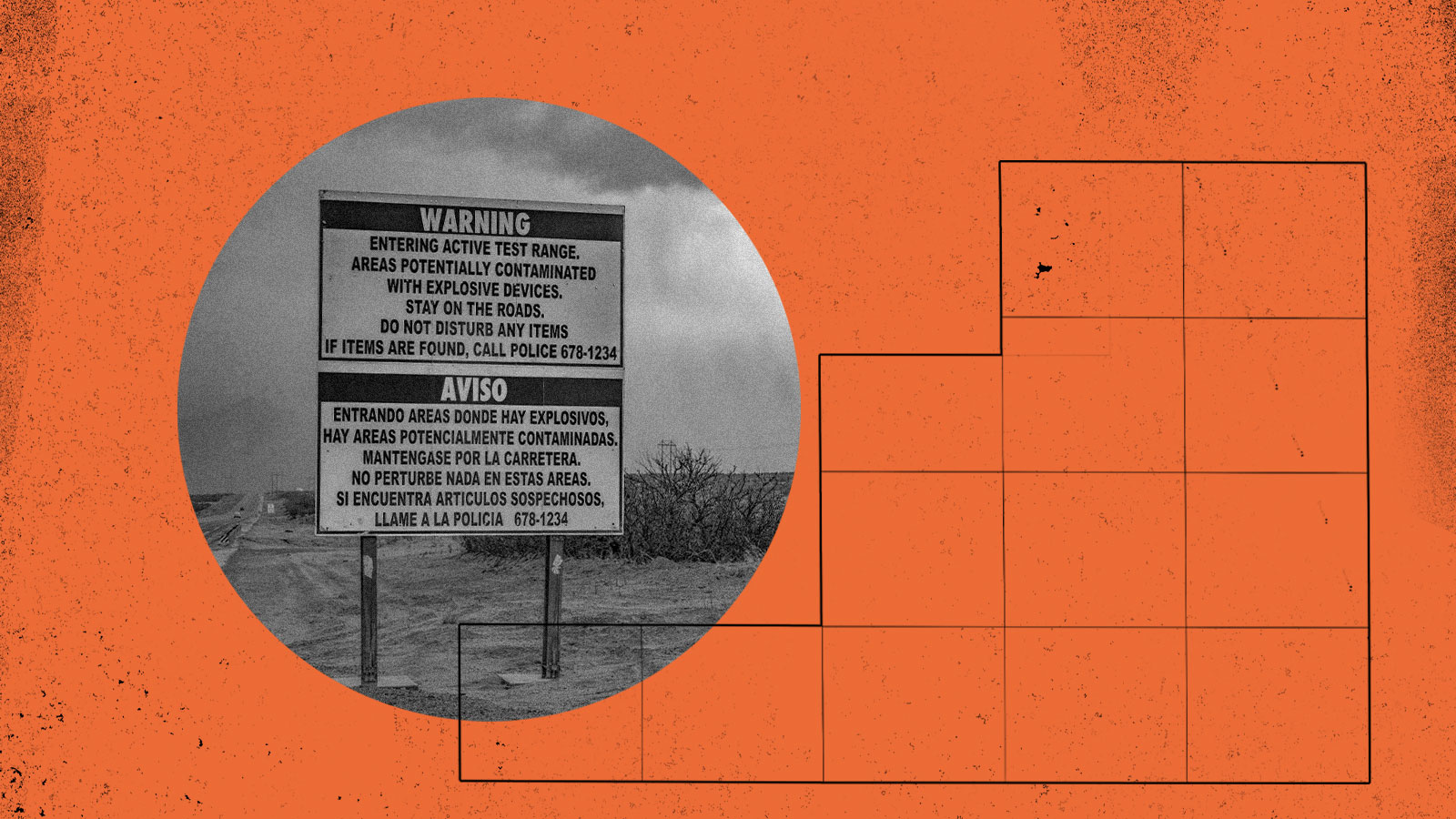
As America grew westward in the 19th and 20th centuries, the federal government took land from indigenous peoples and gave it to states for the creation of public colleges known as land-grant universities. A new Grist investigation reveals how many of these institutions continue to profit from this stolen land, largely through extractive industries, including oil and gas production, mining and logging.
Using publicly available data, our investigation locate millions of acres taken from more than a hundred indigenous nations to provide ongoing sources of income for educational institutions. Our reporting reveals how indigenous lands and resources bankroll land-grant universities, historically and today, and provides insight into the relationship between colonialism, higher education and climate change.
Here are five takeaways from our investigation:
1 Fourteen land-grant universities generate income from 8.2 million surface and subsoil acres of indigenous land.
State trust lands may be one of the best-kept public secrets in America: they exist in 21 Western and Midwestern states, totaling more than 500 million surface and subsurface acres. They are held and managed by government agencies and exist primarily to subsidize education. Using data from these state agencies, Grist tracked down trust lands associated with specific land-grant institutions to determine where they are located and how they are being used to benefit those colleges. “A perpetual, multigenerational land trust for the support of the beneficiaries and future generations” is how the Arizona State Land Department describes them.
2 Those 8.2 million hectares were taken from at least 123 indigenous nations through more than 150 land cessions, a legal term for the surrender of territory.
Grist was able to compare state trust land data with federal data known as the Schedule of Indian Land Cessions, which documents Native land cessions in the continental United States using extensive information on treaties and other land seizures. By joining these different datasets, we were able to get a glimpse of just how many indigenous nations were affected by the creation of these institutions.
3 Indigenous nations were paid approximately $4.3 million in 2023 dollars for these lands. However, in many cases nothing was paid at all.
Based on the accounting of historical payments to Native nations by the Indian Claims Commission and the Court of Claims, Grist was able to identify the price paid per acre for each land cession and the total amount paid to tribes for trust lands that benefit universities today. calculate. It is important to note that in many cases indigenous nations were never compensated for the taking of their territory, and as our reporting shows, those lands continued to provide steady revenue streams to land grant institutions. “Universities continue to benefit from colonization,” said Sharon Stein, an assistant professor of higher education at the University of British Columbia. “It’s not just a historical fact; the actual income of the institution is subsidized by this continued expropriation.”
4 Nearly 25 percent of land grant university trust lands are designated for either fossil fuel production or the extraction of minerals such as coal and iron-rich taconite.
Using data sets from state land agencies, we were able to determine which activities generated income for land-grant universities. While much of our focus is on the energy industry because of its massive climate impact, we found that grazing is allowed on about a third of the land, or about 2.8 million surface hectares. Timber, agricultural and infrastructure leases – for roads or pipelines, for example – make up a large part of the remaining acreage. However, despite the somewhat smaller footprint represented by timberlands in our dataset, they are still significant sources of revenue: from statehood in 1889 to 2022, timber sales on trust lands in Washington provided Washington State University with at least $1.1 billion in revenue when it is adjusted for inflation.
5 In 2022, state trust lands generated more than $2.2 billion in revenue. Between 2018 and 2022: approximately $6.6 billion.
Trust land activities provide significant revenue streams to land grant schools, but most importantly they subsidize higher education so citizens don’t have to. “Every dollar earned by the land office,” Commissioner of Public Lands Stephanie Garcia Richard of New Mexico said when revenues broke the billion-dollar mark, “is a dollar that taxpayers don’t have to pay to support public institutions.”
Read our story, Misplaced trustor download the data.






